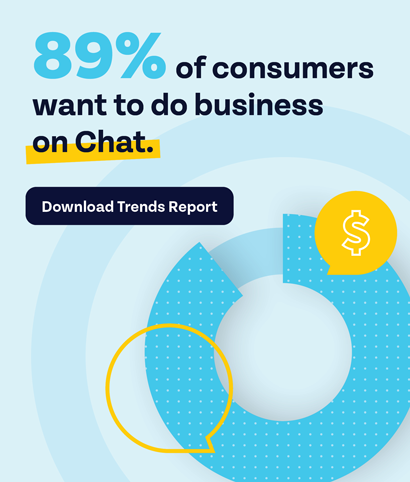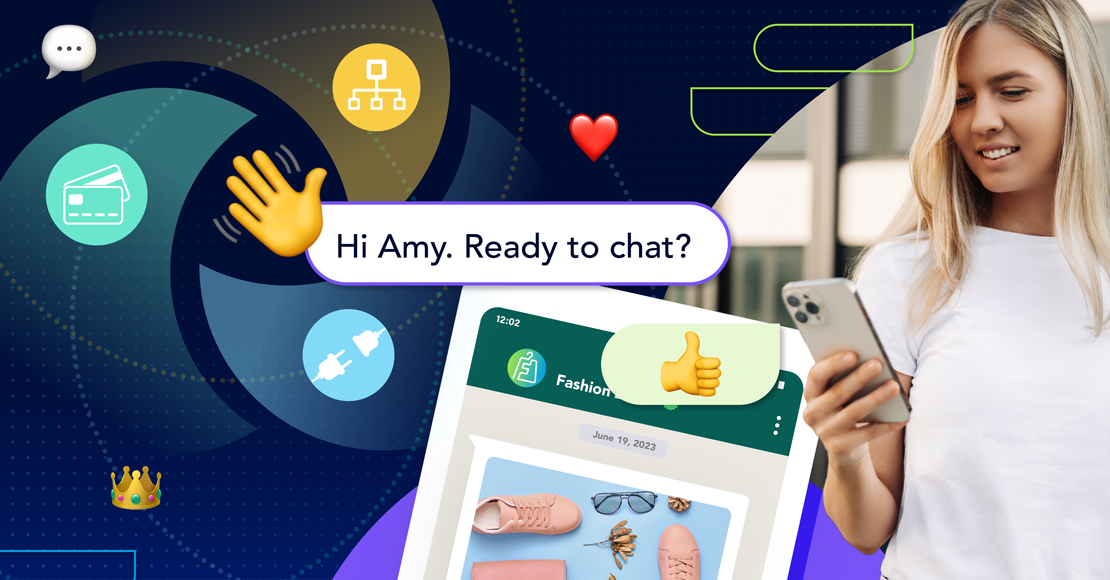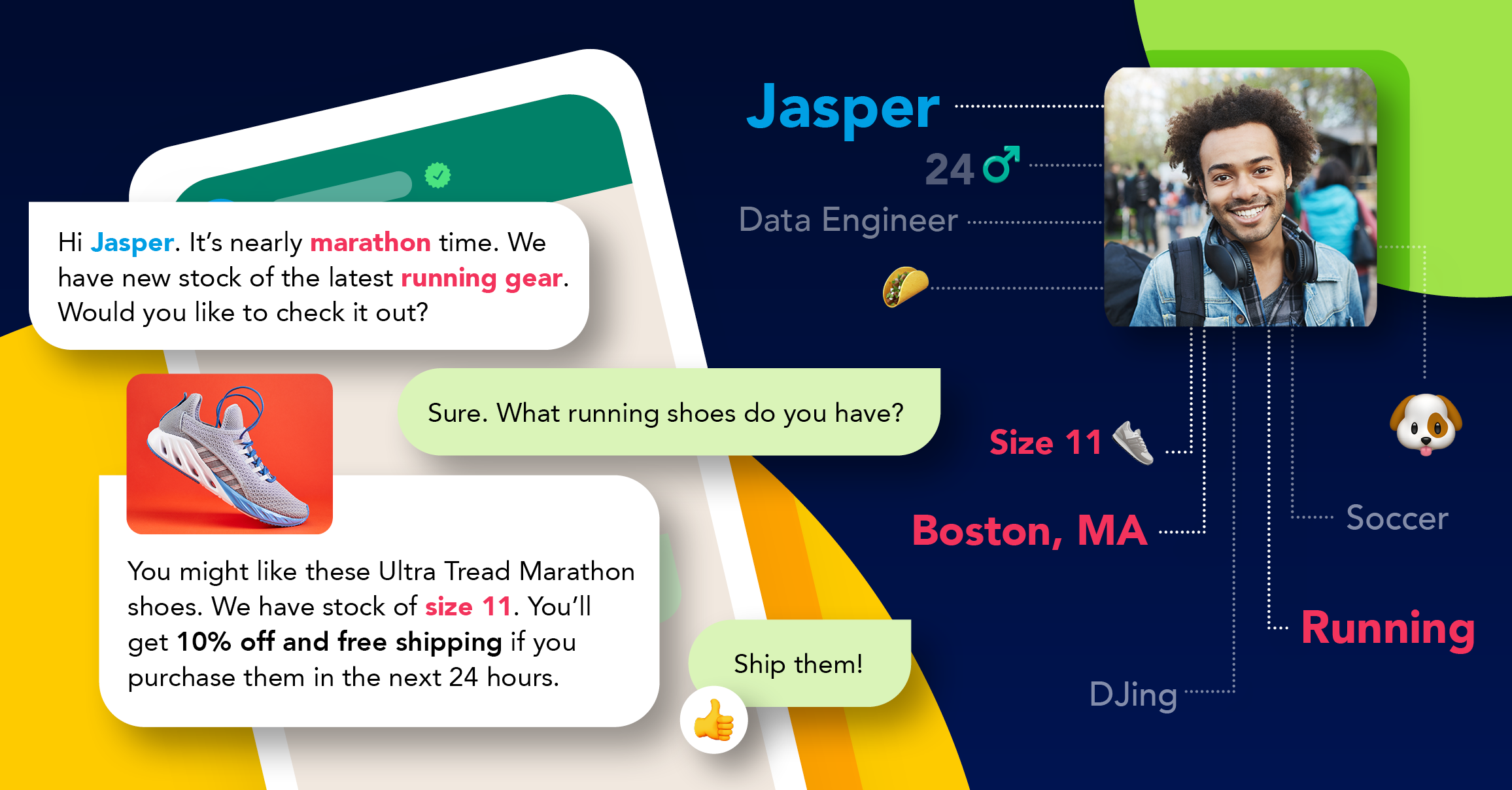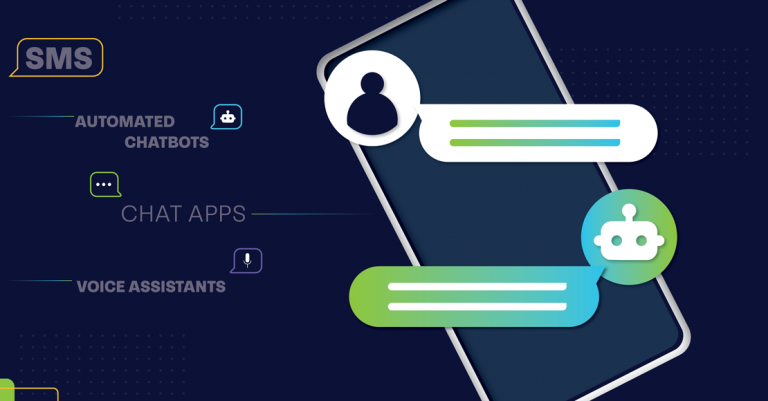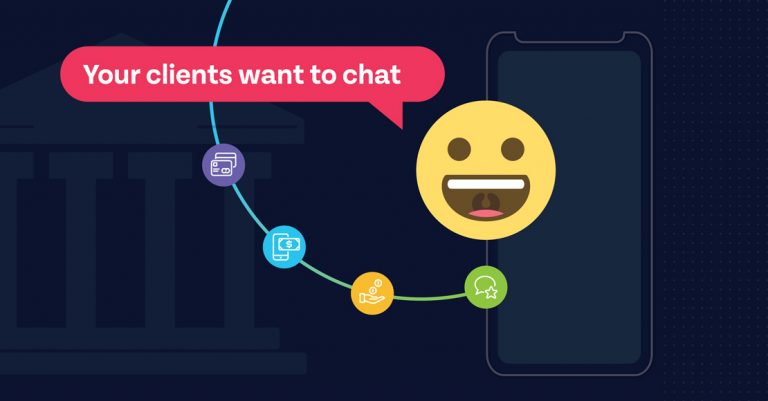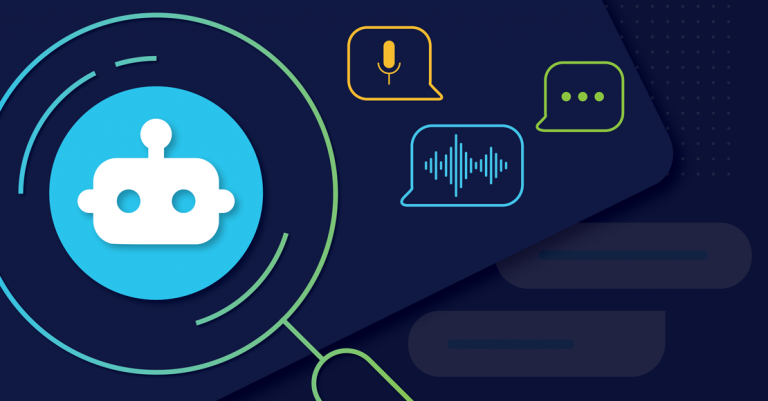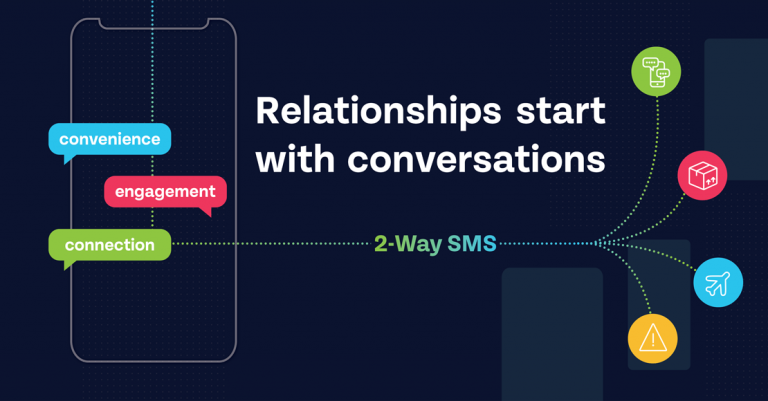
AI advertising campaigns
Not too long ago, artificial intelligence brought to mind scenes from movies filled with robots, time travel, science fiction and lines of code flashing across computer screens. Now it is in our lives in ways so subtle, we’re largely not even aware it’s there. Examples include when your Google search gives you answers to questions you didn’t know you had when adverts flash across your social networks of exactly what you were planning to buy, and when bots on websites offer advice. That’s all artificial intelligence and it’s already in our lives, not in some far-off future.
Related: Why chatbots matter to CRM
And that’s why marketers need to pay attention to competitive marketing and artificial intelligence. The tools are there and we’d be foolish to not take advantage, now. Using these tools allows marketers to easily interpret data and have it communicated naturally. Here’s how marketers can use competitive marketing, machine learning, and artificial intelligence:
Searching smarter
Use AI search tools to analyze consumers’ searching habits, allowing for better optimization of content. Another area which marketers will begin to use more frequently is that of voice search. As consumers turn to Siri, Alexa, and Cortona to answer their queries rather than typing into search engines, marketers will need to be aware of how voice affects search in terms of tone and intonation. In addition, consumers will ask more natural questions, “Where is the closest coffee shop?”, rather than typing the terser, “Coffee shop NYC”. This means the way copy is written for the web must change to be more conversational and answer questions rather than stuffed with keywords for searches.
Advertising smarter with artificial intelligence
By combing through data in keywords used in searches and social media profiles, you can begin to deliver nuanced and targeted adverts to your customers. Smarter ads are one of the reasons why AI will be one of the biggest trends in marketing in 2017.
Communicate smarter with your customers
Static FAQ pages are no longer enough. The solution which businesses need to implement, sooner rather than later, is AI-run chat functions for direct consumer engagement. An example of this is Clickatell Touch. It saves both time and resources, with chatbots able to answer multiple questions at the same time. This results in happier customers, who have received the answer they were looking for without having to hold for assistance.
Analyze smarter with new tools
New tools will allow companies, both big and small, to analyze what is being said about the business. These tools allow for combing through all of the data which all businesses need to do, but until now have not had the necessary manpower.
Smarter visuals
Think about those Snapchat filters. Just rainbows streaming out of your mouth? Just an opportunity to look like a dog with its tongue out? No, this is actually AI at work. Another example is Pokémon Go which gives users the chance to actually step into this world using augmented reality.
If using some of these tools and implementing these ideas into your marketing strategy seems like a good idea, read our recent blog post about how AI will disrupt the customer service industry. It gives ideas about how you can use this technology to handle customers’ expectations and problems.
Explore other articles
Step into the future of business messaging.
SMS and two-way channels, automation, call center integration, payments - do it all with Clickatell's Chat Commerce platform.
